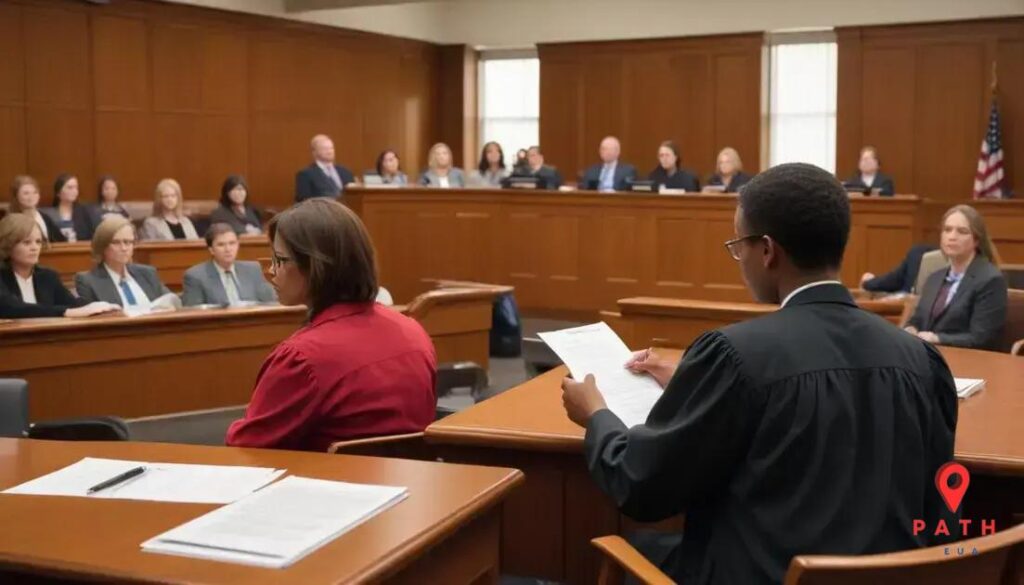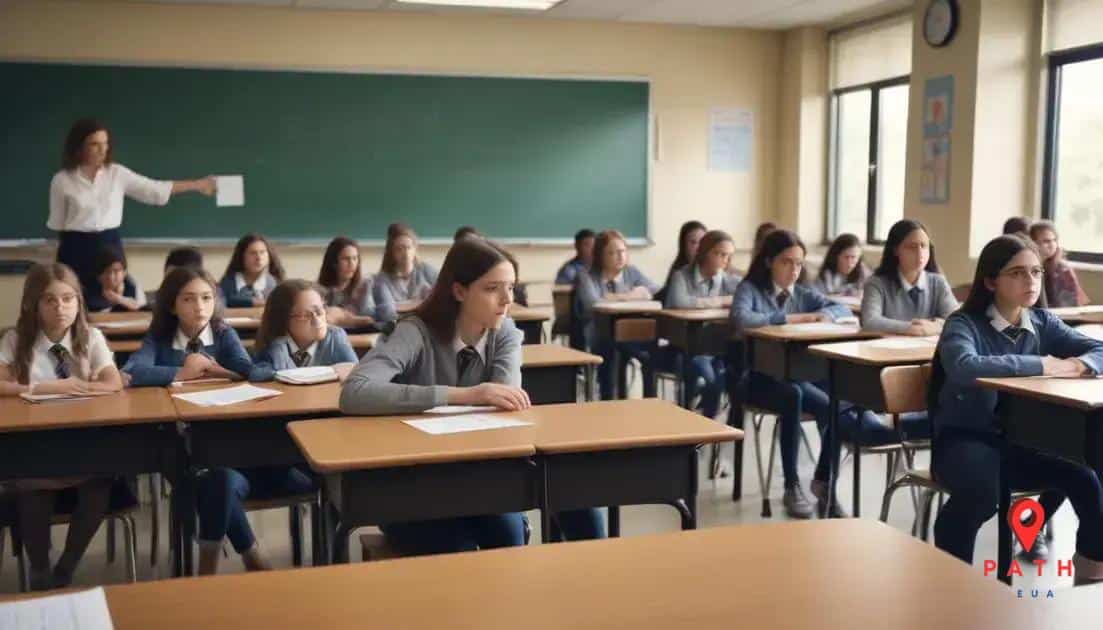Legal challenges to education budget cuts impact schools

Anúncios
Legal challenges to education budget cuts impact the quality of education by limiting resources, prompting advocacy for reforms to ensure fair funding and protect students’ rights.
Legal challenges to education budget cuts are becoming increasingly relevant in today’s school systems. Have you ever wondered how these legal battles affect your local schools? Let’s dive in.
Understanding the legal landscape of education funding
Understanding the legal landscape of education funding is essential for grasping the challenges schools face today. Educational institutions often rely on state and federal funding to operate effectively.
Anúncios
Changes in budget allocation can lead to significant impacts on student resources, teacher salaries, and overall program quality.
Key Factors Influencing Education Funding
Several aspects play a role in determining how education funding is allocated:
Anúncios
- Legislation: Laws such as the Every Student Succeeds Act (ESSA) guide federal funding.
- State Budgets: Each state has different priorities and resources.
- Equity Issues: Ensuring fair distribution of funds is crucial for providing equal educational opportunities.
For a more detailed understanding of how these laws impact education, visit the U.S. Department of Education.
| Topic | Details | Highlights |
|---|---|---|
| Funding Framework | Influenced by federal laws, state budgets, equity needs | Guided by ESSA and state policies |
| Major Lawsuits | Legal cases challenge cuts to low-income and special ed programs | Protect student rights |
| Impact on Schools | Reduced resources, larger classes, fewer activities | Lower education quality |
| Advocacy Actions | Community organizing, petitions, partnerships | Mobilizes support |
| Reform Ideas | Equity formulas, transparency, local input | Builds fairer systems |
lawsuits challenging budget cuts
Many key lawsuits have emerged in response to education budget cuts. These cases aim to protect funding for schools and ensure that all students receive a quality education.
One notable case, for example, challenges a state’s right to reduce funding drastically without considering the impact on students.
Significant Examples of Lawsuits
Several lawsuits have gained attention for their implications on education:
- Doe v. State of California: This case argues that budget cuts disproportionately affect low-income districts.
- Smith v. Board of Education: This lawsuit seeks to halt reductions in special education funding.
- Johnson v. State: This challenge is focused on the adequacy of funding for essential educational resources.
For further details on educational equity and legal cases, check the National Education Association.
Impact of budget cuts on educational quality

The impact of budget cuts on educational quality is profound and far-reaching. Schools face many challenges when funding is reduced.
Essential programs may be cut, affecting students’ learning opportunities and resources.
Areas Affected by Budget Cuts
Several crucial areas experience negative effects due to budget reductions:
- Teacher Resources: Fewer professional development opportunities hinder teacher effectiveness.
- Class Sizes: Increased class sizes can lead to less individual attention for students.
- Extracurricular Activities: Cuts often lead to the elimination of sports and arts programs.
These changes can also affect student engagement and motivation. To learn more about these issues, visit the Education Week website.
Defending education: grassroots movements and advocacy
Defending education through grassroots movements and advocacy has become crucial in today’s climate of budget cuts. Communities are coming together to fight for their schools and students.
These movements often raise awareness about how funding cuts impact education and encourage action among parents, teachers, and students.
Effective Strategies for Advocacy
Grassroots movements employ various strategies to make their voices heard:
- Community Engagement: Organizing events to inform and rally support from local residents.
- Petitions: Gathering signatures to show widespread support for education funding.
- Collaborations: Working with local organizations to amplify their message.
For more information about advocacy in education, visit the National Association of Secretaries of State, which provides resources for engaging with local policymakers.
Future implications for school funding reforms
Future implications for school funding reforms are critical in ensuring quality education for all students. As budget cuts continue, many stakeholders are seeking effective reforms.
Understanding the potential changes can help communities advocate for better funding models.
Possible Reforms and Their Effects
Several key reforms could reshape how education is funded:
- Equity in Funding: Implementing formulas that ensure fair distribution of resources based on student needs.
- Increased Community Involvement: Encouraging local input in decision-making processes can lead to more tailored solutions.
- Accountability Measures: Establishing clear metrics to evaluate how funds are used can enhance transparency.
For more insights into education funding reforms, visit the U.S. Department of Education website.
In summary, understanding the future of school funding is vital
As we have seen, budget cuts and legal challenges are reshaping education. Grassroots movements and advocacy are crucial in defending the rights of students and teachers.
Future funding reforms can significantly improve educational quality, ensuring every student has access to essential resources.
Engaging with communities, policymakers, and organizations can help advocate for these necessary changes. By working together, we can create a better educational system for future generations.